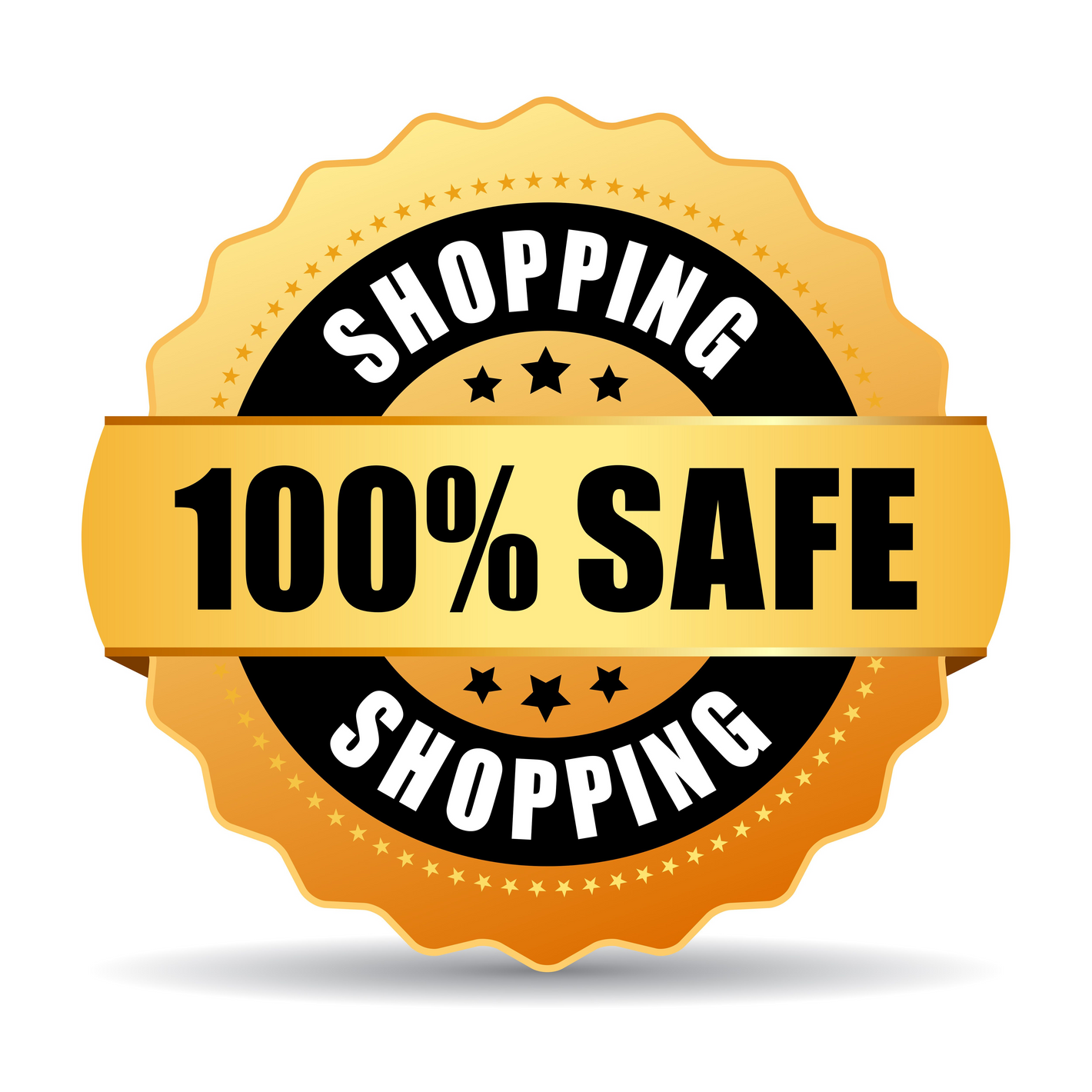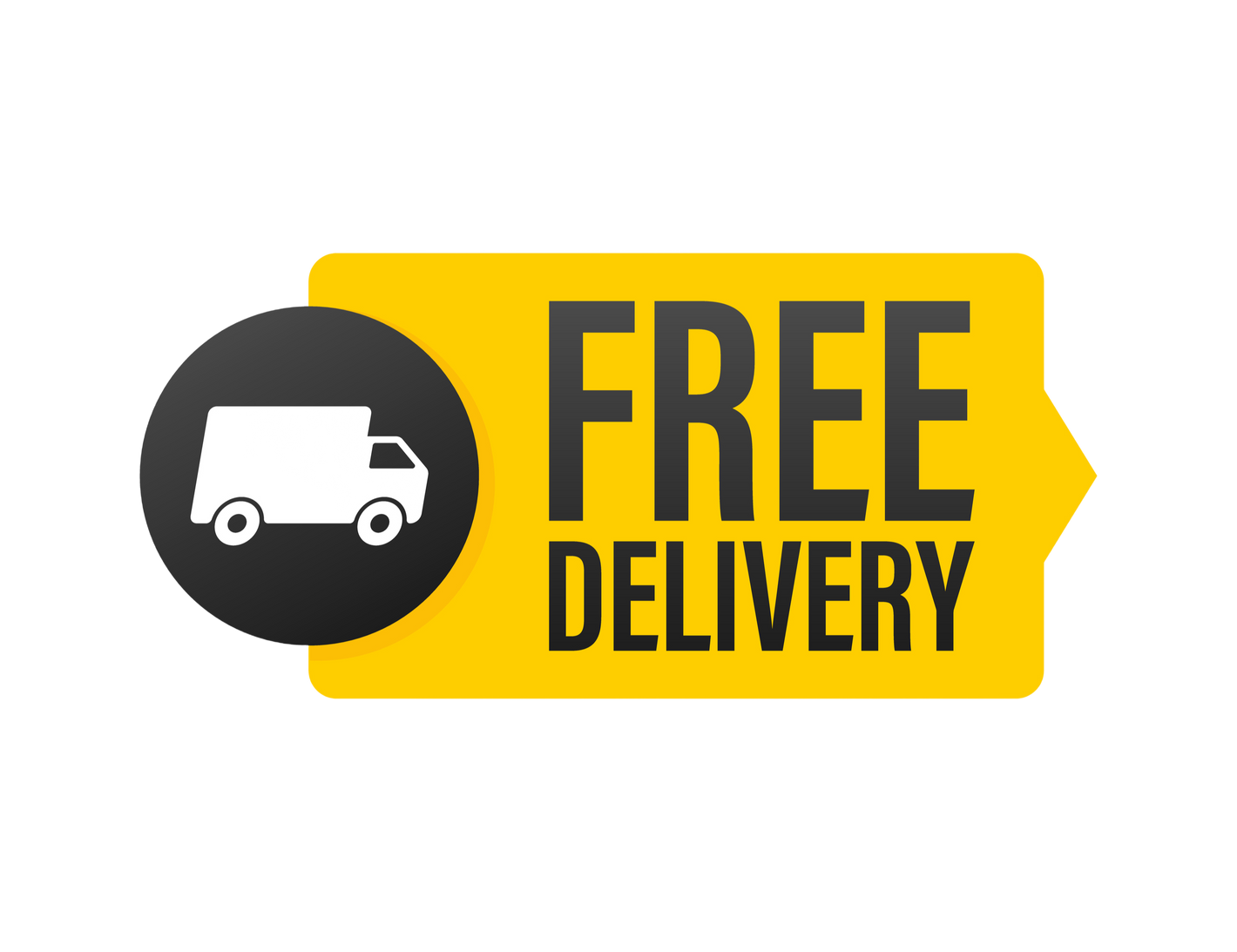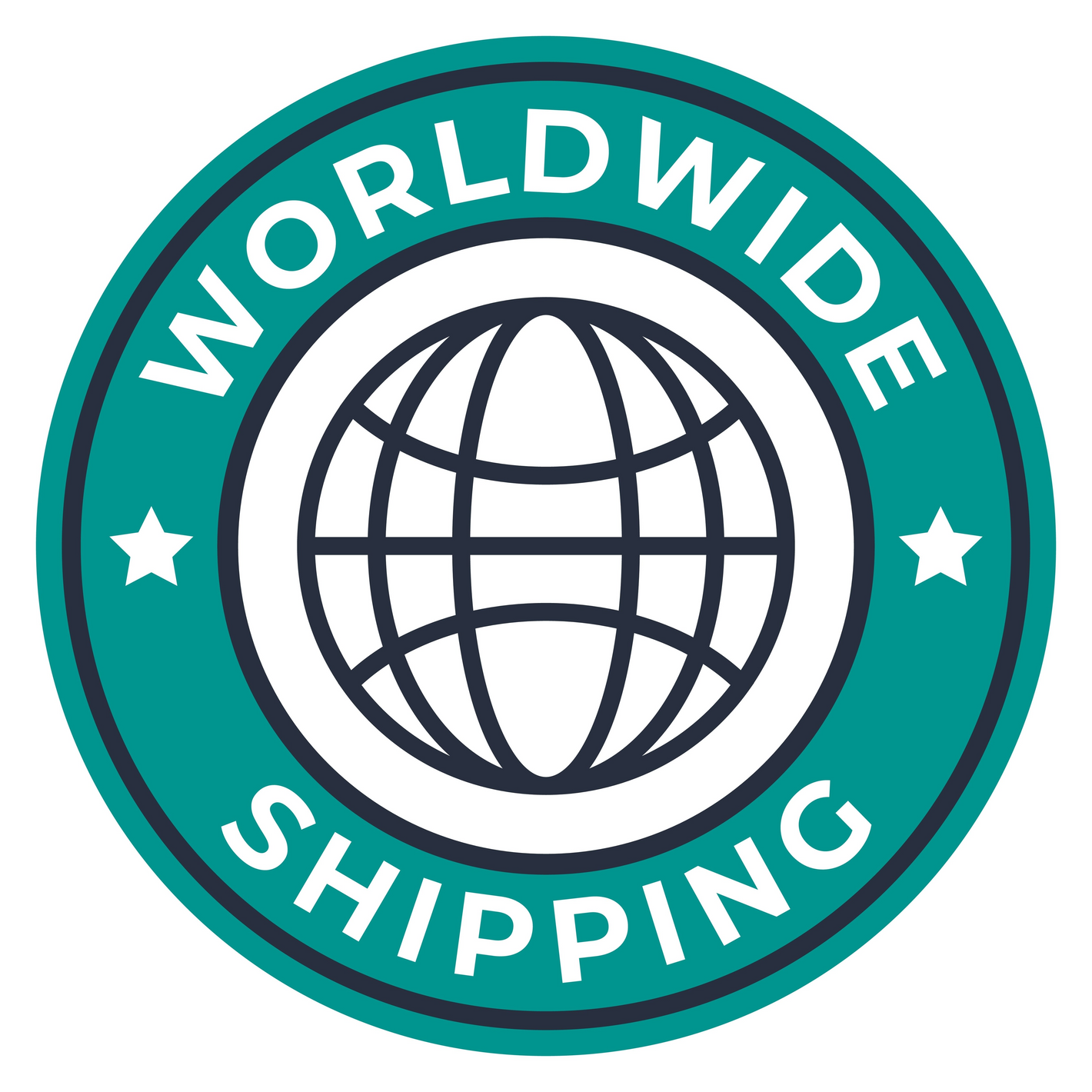At Trogon Cricket, we're not just passionate about crafting cricket bats; we're dedicated to every bat we make, and that includes cricket bat pressing.
There's a lot of chatter in the cricket world about what makes a good or bad bat press, especially when it comes to the mythical "pro press or soft press".
But before we jump into bat pressing, what exactly is bat pressing?
Bat pressing compacts the wood fibres of a cricket bat, hardening the surface to withstand ball impacts. This crucial step enhances durability, reduces prep time, and improves the "ping" or rebound effect, ensuring maximum energy transfer for better shot power and distance. Essential for peak performance and longevity.
We're here to set the record straight and share our approach to pressing cricket bats.
The Truth Behind Cricket Bat Pressing
The goal of pressing a cricket bat is straightforward: to harden the bat's face to withstand the impact of the ball, and that goes for all our bats, including our ladies cricket bats.
This process involves compressing the first 3 - 5 mm of fibres on the face of the bat. Additional "knocking in" further compacts the outer 0.5mm, enhancing its resistance to impact.
A softer press, contrary to popular belief, only increases the amount of preparation a bat needs before it's match-ready, i.e. knocking in!
The Benefits of Proper Bat Pressing
When a cricket bat is pressed correctly, it becomes far more than just a piece of shaped willow. Proper pressing strengthens the surface, allowing it to handle the repeated impact of hard leather balls without breaking down. It also improves the bat’s “ping,” giving players that satisfying rebound and energy transfer through the hands when they middle a shot.
Another advantage is that pressing reduces the amount of knocking in needed before the bat is ready for match play, saving time while increasing durability. In short, good pressing means better performance, longer life, and less maintenance.
Debunking the Soft Press Myth
Many believe that professional players prefer a softer press for their bats, but this is a myth. Pros require bats that are ready for immediate play, not ones that need extensive knocking in. Can you imagine David Warner sitting down and knocking in the 20 bats he travels the world with? No, neither can we!
Our experience has shown that a softer press leads to decreased energy transfer to the ball and quicker deterioration of the bat because the bat is not 100% ready to be used.
How Professionals Get Their Bats Pressed
There’s a long-standing myth that professional players prefer softer-pressed bats for extra performance.
The truth? Most pros want cricket bats that are ready to use immediately, not ones that require hours of knocking in.
The bats they use are pressed to a firm, match-ready standard that gives both power and protection. At Trogon, we apply that same approach for everyone, whether you’re walking out at Lord’s or your local club ground. Each Trogon bat is pressed to professional standards right here in our workshop.
Hard Pressed vs Soft Pressed Cricket Bats
You’ll often hear people talk about “hard pressed” or “soft pressed” bats, but what does that actually mean?
A hard pressed bat has been compressed more firmly, which increases durability and reduces the need for preparation, but can sometimes limit its responsiveness if overdone.
A soft pressed bat, on the other hand, feels livelier at first but is more likely to dent, crack, or lose shape quickly.
At Trogon Cricket, we find the perfect balance, firm enough to deliver consistent ping and long-lasting strength, yet soft enough to maintain feel and responsiveness. Every cricket bat we press is tuned to perform season after season.
Our Cricket Bat Pressing Philosophy
Here at Trogon Cricket, with our custom-made pressing machine, we can assure you that our method transforms average bats into exceptional ones.
We aim for a press that leaves only slight markings when struck with a wooden mallet as anything less reduces performance and durability, while excessive pressing can cause damage.

The above image shows me pressing a raw cleft. I've cleaned the face of the cleft, identified which end I want to handle and started the pressing process. First and very importantly, I've added some water to the face so the cleft doesn't crack when under pressure and then run the cleft through the press under pressure, checking the ping and sound after every couple of runs.
A Bat Pressing Short Story

A Little Story
A family friend, who used to play with Duncan Fernley who took up batt Making after he finished playing. He made a lot of bats for the Worcester players, Ian Botham got him to make a bat that had very little pressing the ball went a bullet when Beefy hit it BUT he smashed the face to bits in no time. Duncan Fernley who sponsored him said he couldn't afford to keep making them like that, so hard-pressed them there after!
Avoiding a Bad Press
We believe a soft press is a bad press. It not only underperforms but also leads to a shorter lifespan for the bat. Our pressing technique avoids these pitfalls, ensuring a balance of performance and longevity.
The Risks of Poor Bat Pressing
Poor pressing can turn a promising piece of willow into a bat that never quite performs.
Over-pressing can flatten the fibres too much, creating a “dead” feel and dulling the bat ping, while under-pressing leaves the bat too soft and vulnerable to cracks and dents.
You might get one great innings from it, but not a great season. Our pressing process is designed to avoid both extremes, creating consistent tension across the blade for power, balance, and longevity. It’s why every Trogon bat feels alive in the hands and stands the test of time.
Does Pressing Affect Bat Lifespan?
Absolutely. The way a bat is pressed has a direct impact on how long it lasts. When done correctly, pressing protects the fibres on the bat’s face and edges, meaning the blade can handle season after season of use.
A well-pressed bat resists cracking and retains its shape even under repeated stress. Poorly pressed bats, particularly those that are too soft, tend to break down quickly and lose performance.
Every Trogon bat is pressed to extend its life, helping you get the most out of your investment on the field.
Our Commitment to Quality
At Trogon Cricket, there's no difference in the way we press any of our bats. Our goal is to provide all our customers, whether they're professionals or enthusiasts, or people looking for a cricket bat weight reduction, our philisohy is the same.
Every bat that leaves our workshop is a testament to our commitment to quality and our unique approach to bat pressing.
Playing Our Part in Your Cricket Story
We know that cricket is more than just a game; it’s a passion, a community, and a lifetime of memories. That’s why every Trogon bat is made with care, dedication, and pride. We see our role as more than just bat makers; we’re part of your cricket journey.
From the first knock in the nets to the biggest innings of your career, we want to be there with you.
Choosing Trogon means choosing a bat made with honesty, integrity, and the same love for the game that you carry to the crease.
Trogon Product Guarantee
When you buy from Trogon, you’re covered by our 6-month bat guarantee. If your bat cracks or breaks within that period and has been knocked in correctly, we’ll replace it with a new one, simple, fast, and hassle-free. Combine that with your statutory online protections, and you can shop with total peace of mind.






























